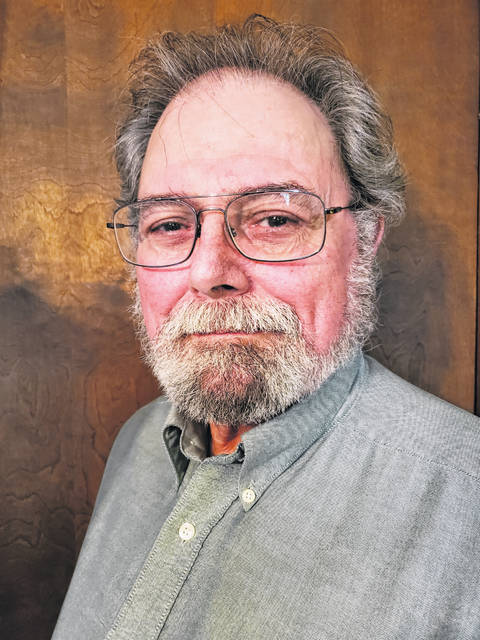
Battlefield cross
The fallen soldier battle cross, combat cross, battlefield cross or battle cross is a symbolic replacement of a cross, or marker appropriate to an individual service-member’s religion, on the battlefield or at the base camp for a soldier who has been killed.
It is made up of the soldier’s rifle stuck into the ground or into the soldier’s boots, with helmet on top. Dog tags are sometimes placed on the rifle, and the boots of the dead soldier can be placed next to the rifle. The purpose is to show honor and respect for the dead at the battle site.
The practice started during or prior to the American Civil War, as a means of identifying the bodies on the battleground before removal. Today, it is a means of showing respect for the dead amongst the still living members of the troop.
It is commonly seen in the field or base camp after a battle. While it is used less today as a means of identification, it still serves as a method of mourning among the living, as attending the funeral of a combat soldier; whether they were killed in combat, or died later due to wounds or of old age.
Riderless horse
At the end of the 18th century in the United States, with the death of America’s first president, a new role emerged: the riderless horse representing the mount of a fallen leader.
A former officer in the American Revolutionary War, Henry “Light-Horse Harry” Lee eulogized George Washington in December 1799 as being “…first in war, first in peace and first in the hearts of his countrymen…” Twelve days after Washington’s death at Mt. Vernon, a riderless horse took part in an elaborate, simulated funeral ceremony conducted in Philadelphia, the then-capital of the United States, with an empty casket symbolizing the late president.
Immediately preceding the clergy in the funeral procession, two Marines wearing black scarves escorted the horse, who carried the general’s “saddle, holsters, and pistols” and boots reversed in the stirrups. The riderless horse was “trimmed with black — the head festooned with elegant black and white feathers — the American eagle displayed in a rose upon the breast, and in a feather upon the head.”
The empty boots facing backward in the stirrups had two levels of meaning. First, their being empty indicated the individual would ride no more. Secondly, they suggested the deceased was taking one last look back at his family and the troops he commanded. Both of these meanings carry forward to today’s tradition of boots reversed in the stirrups.


